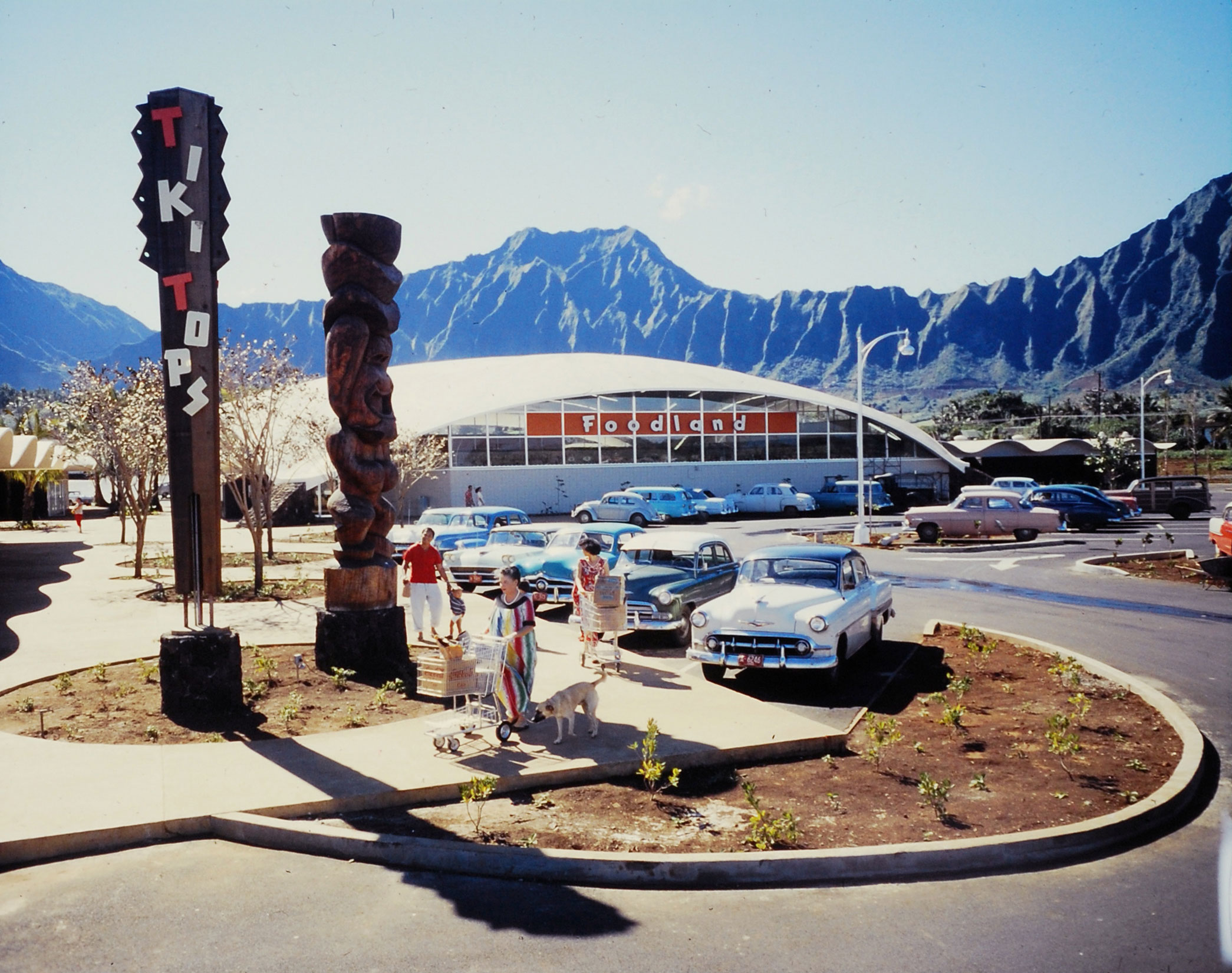
The image and legend of Hawaii as a tropical paradise endures for countless reasons. Few places on earth can boast more dramatic or romantic landscapes; the weather is generally gorgeous; the variety of climates one can encounter within the space of a few miles—from arid to tropical to near-alpine to sun-splashed beach—is mind-boggling; the waters surrounding the islands partake of those impossible shades of green and blue that painters have sought for centuries to capture on canvas. The pace of life is utterly, soothingly humane.
But paradise, as we all know, exists only in fairy tales—or, if a paradise did once exist in the Pacific, it long ago gave way to the complex, ambiguous and often politically fraught realities of the modern world. The Hawaii of the travel brochures—as marvelous as it might be in theory, and even at times in fact—is a beautiful construct, but one that often ignores the island chain’s bumpier, and endlessly fascinating, history. (For instance, how many Americans in the contiguous 48 know anything at all about the nonviolent “democratic revolution” of labor strikes and major acts of civil disobedience that roiled the islands in 1954, reshaping Hawaii’s political landscape for all time?)
Here, on the 55th anniversary of Hawaii’s Aug. 21, 1959, Admission to the Union as the 50th state, LIFE.com presents color photographs made that very year on the islands. In a March 1959 article, “Hawaii—Beauty, Wealth, Amiable People,” for which these pictures were shot, LIFE painted a largely rosy picture of the place:
The first proposal to make Hawaii a state was put forward more than a hundred years ago when President Franklin Pierce cast his eyes across the Pacific and proposed that the splendid and strategic islands be taken into the union. Pierce’s plan faded and it was not until 1898 that Hawaii was annexed as a U.S. territory. Proposals to make Hawaii a state have been on the books of Congress for more than 40 years. Now it seems almost certain that in this session Hawaii will achieve its aim. [Hawaii was granted statehood in August 1959.]
As a territory, Hawaii has developed a sturdy economy based on U.S. military expenditures at Pearl Harbor and elsewhere, and on sugar, pineapple, tourism and livestock. The islands, which have a total area roughly that of New Jersey, have bred an incredibly polyglot and racially integrated population of nearly 600,000. [Note: Hawaii’s current population is 1.4 million.] This mean that Hawaiian statehood, besides conferring full U.S. status on a potentially rich and decidedly vital area, would also indicate to all the peoples of the Pacific and of Asia that the U.S. can still be the tolerant, hospitable melting pot of old.
Liz Ronk, who edited this gallery, is the Photo Editor for LIFE.com. Follow her on Twitter at @LizabethRonk.
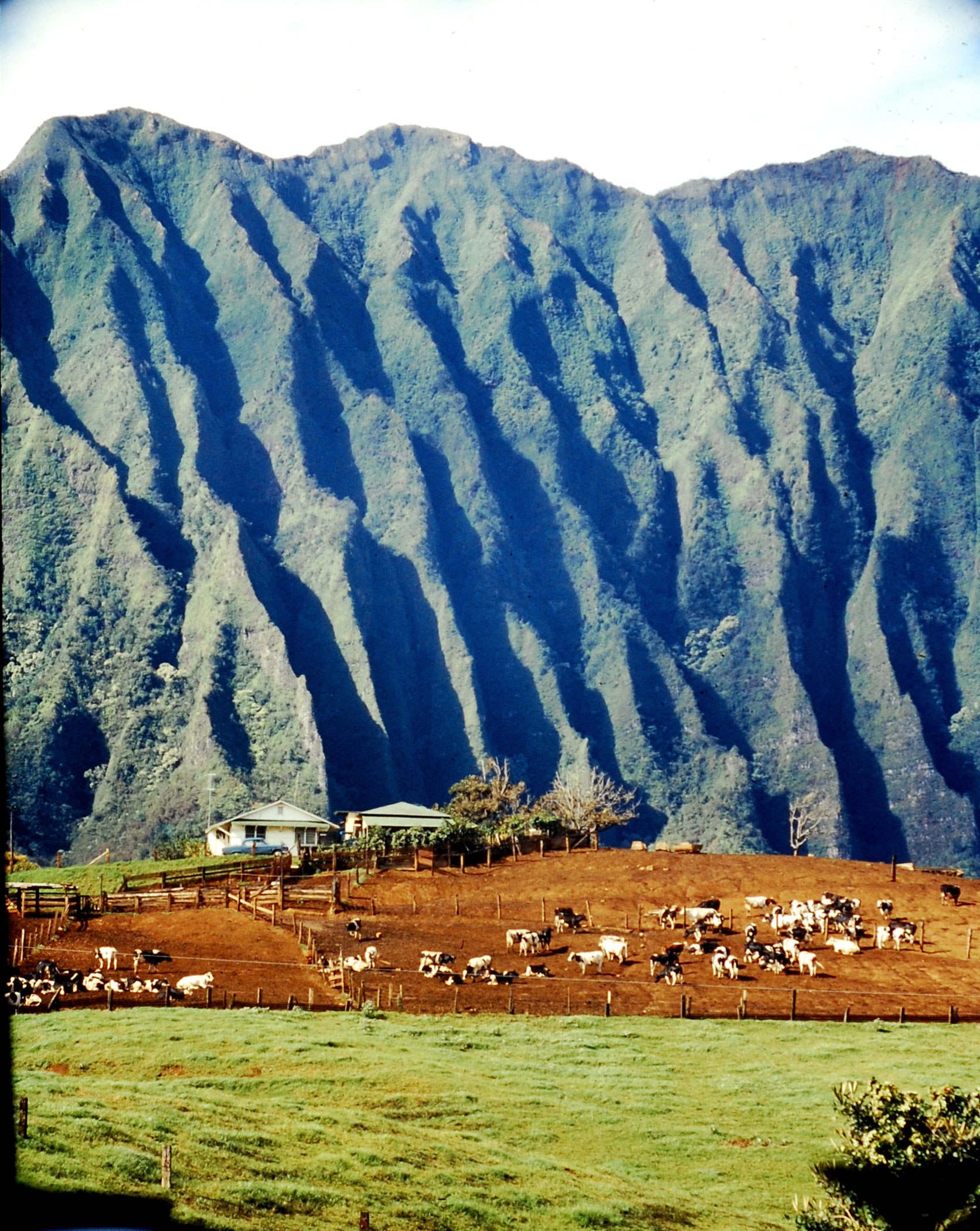
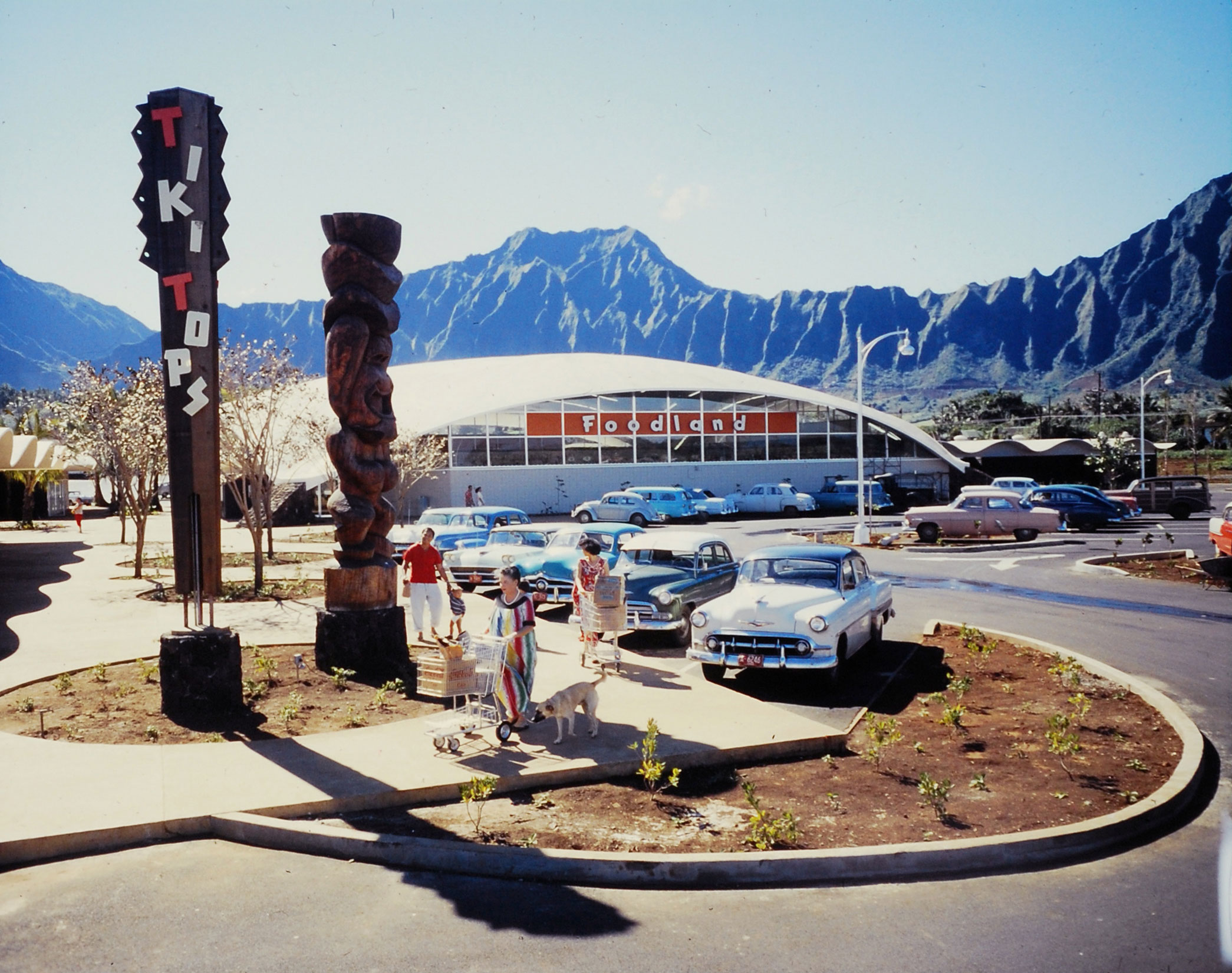


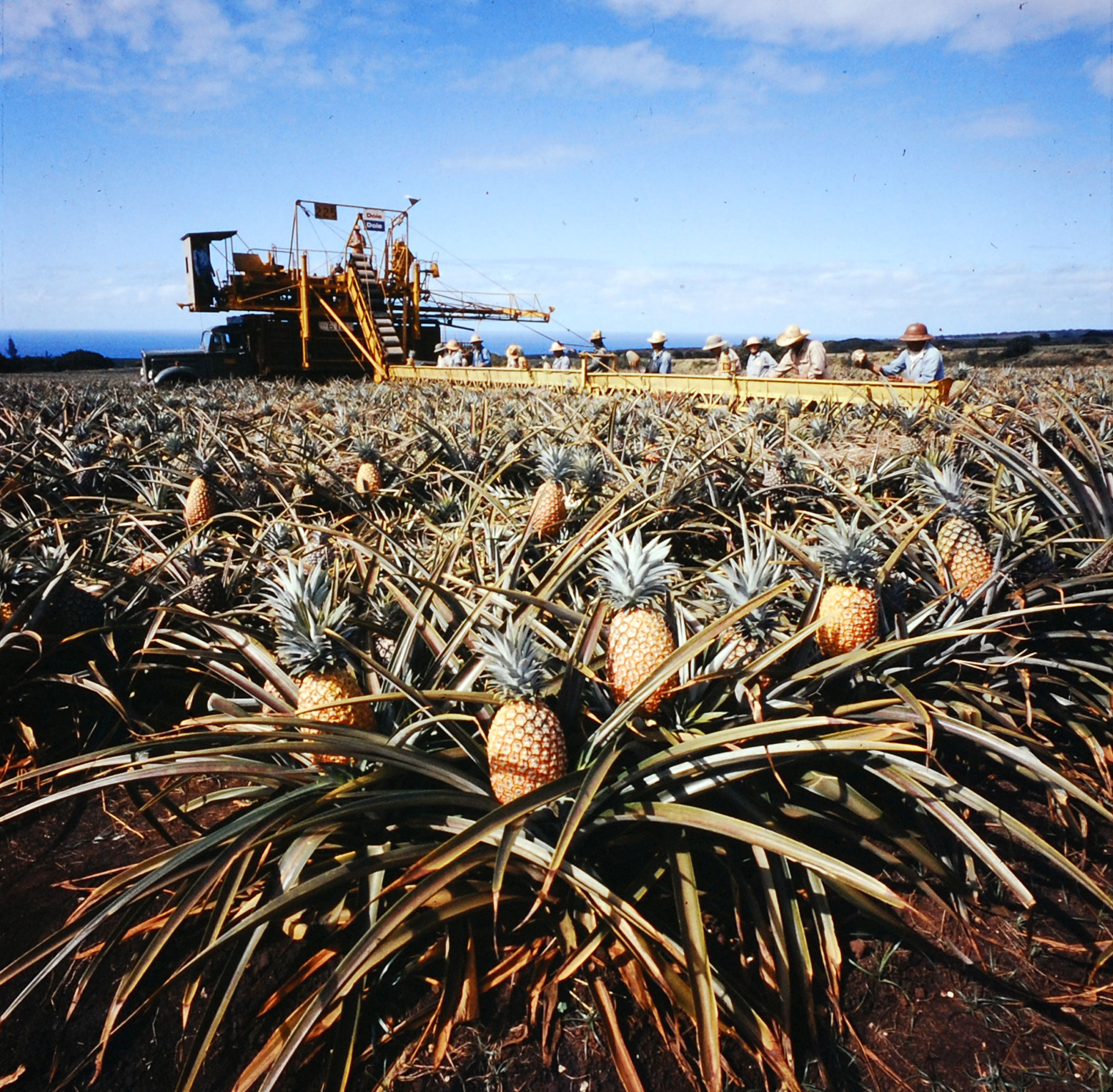

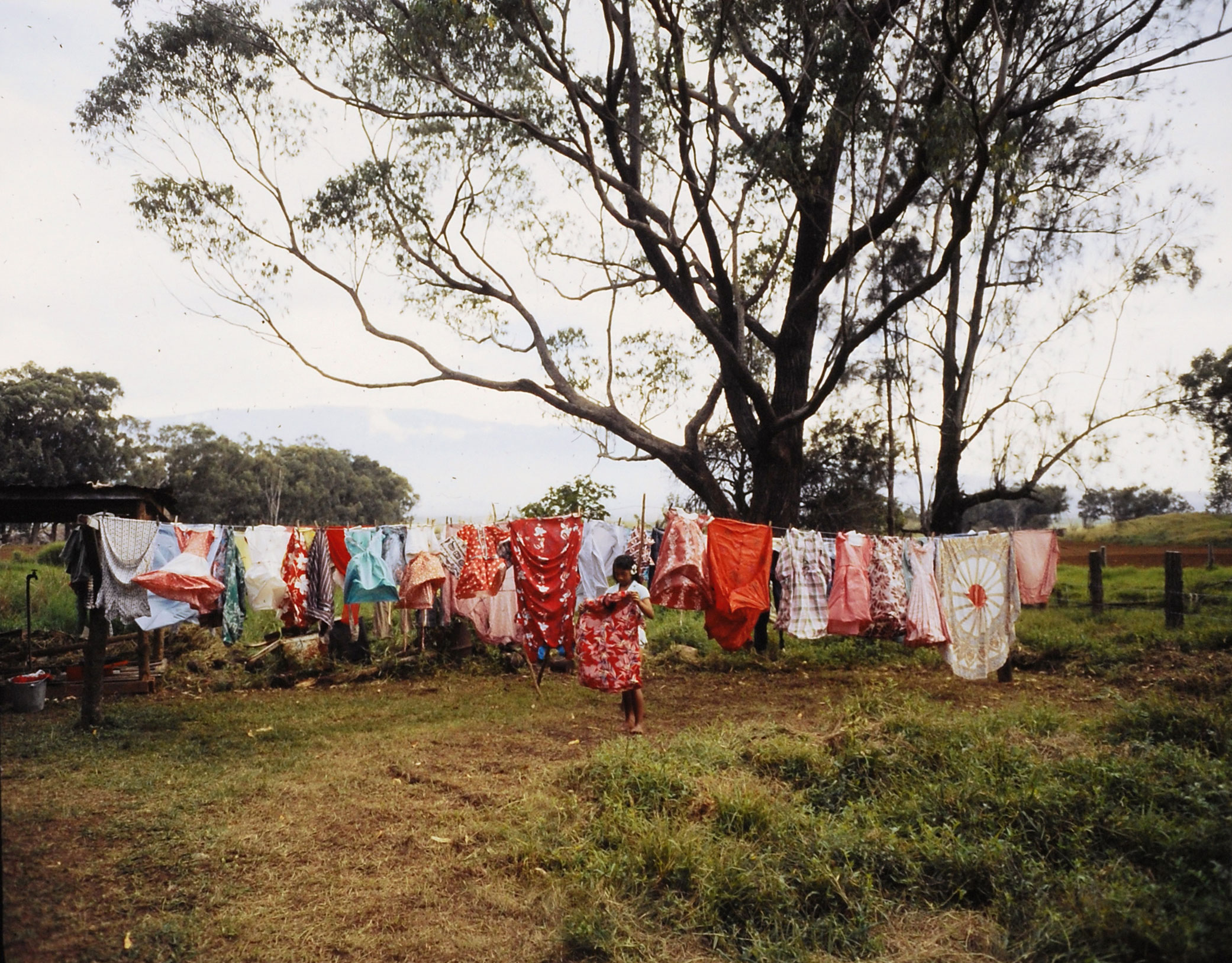

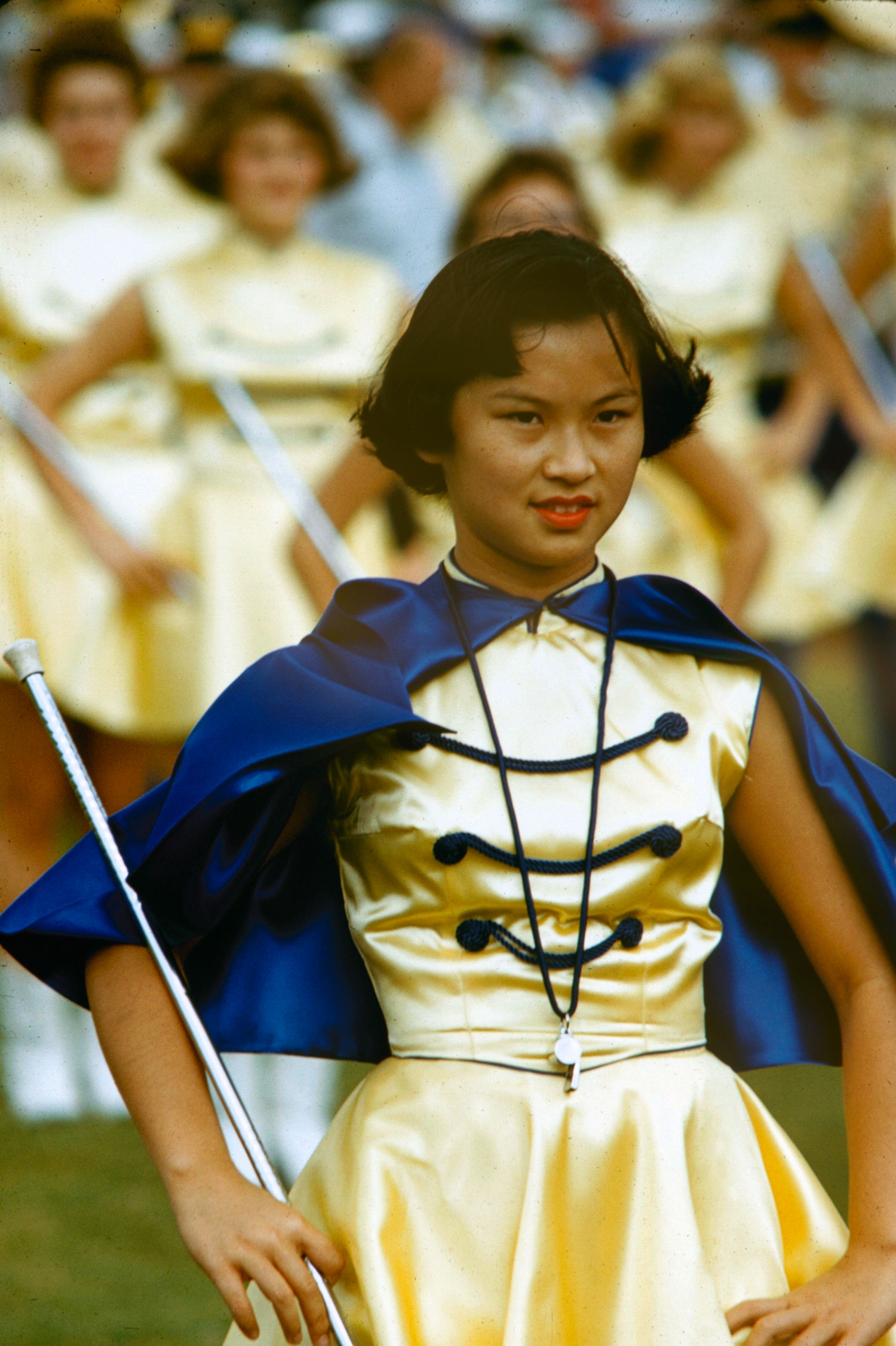
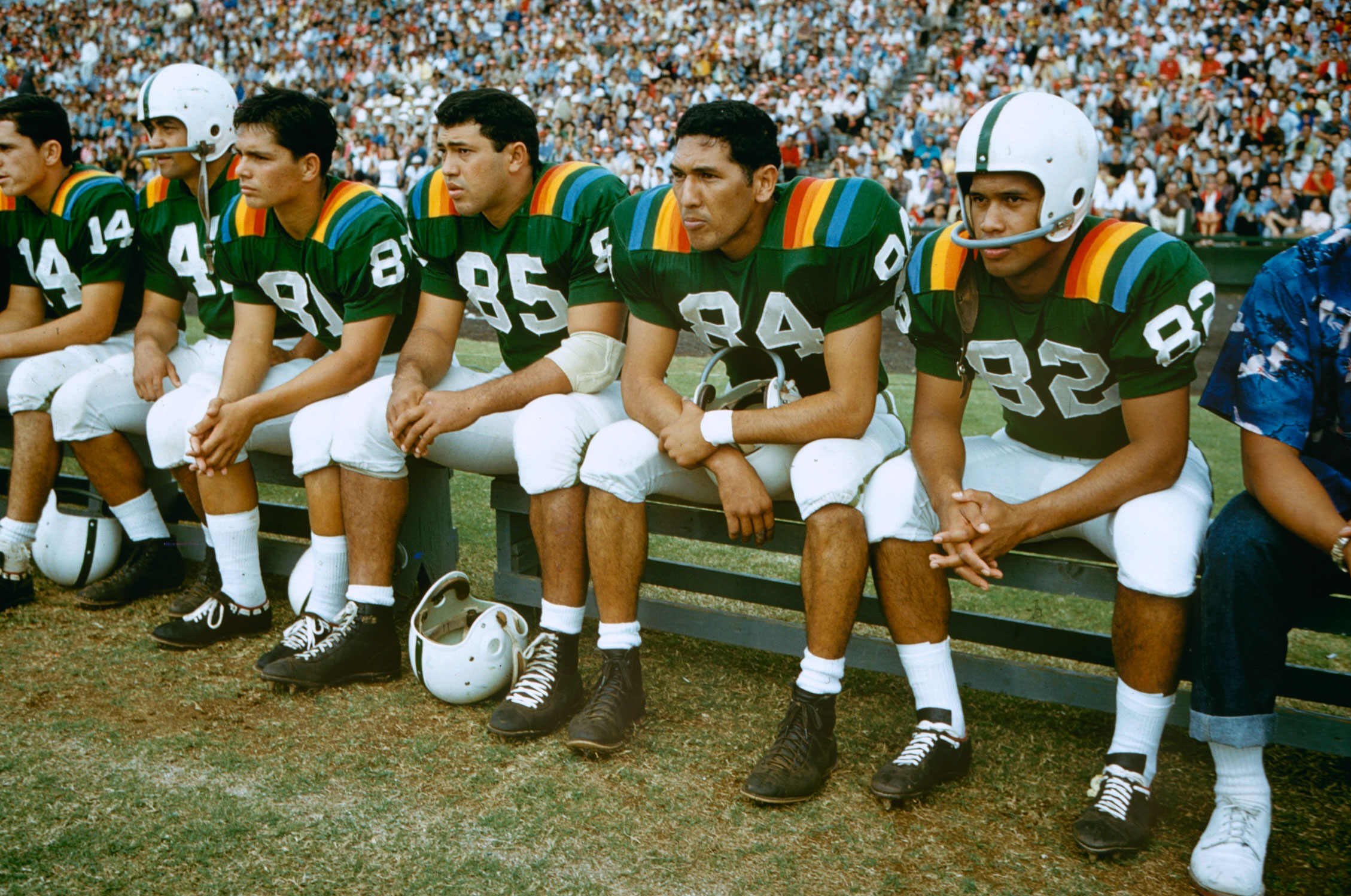
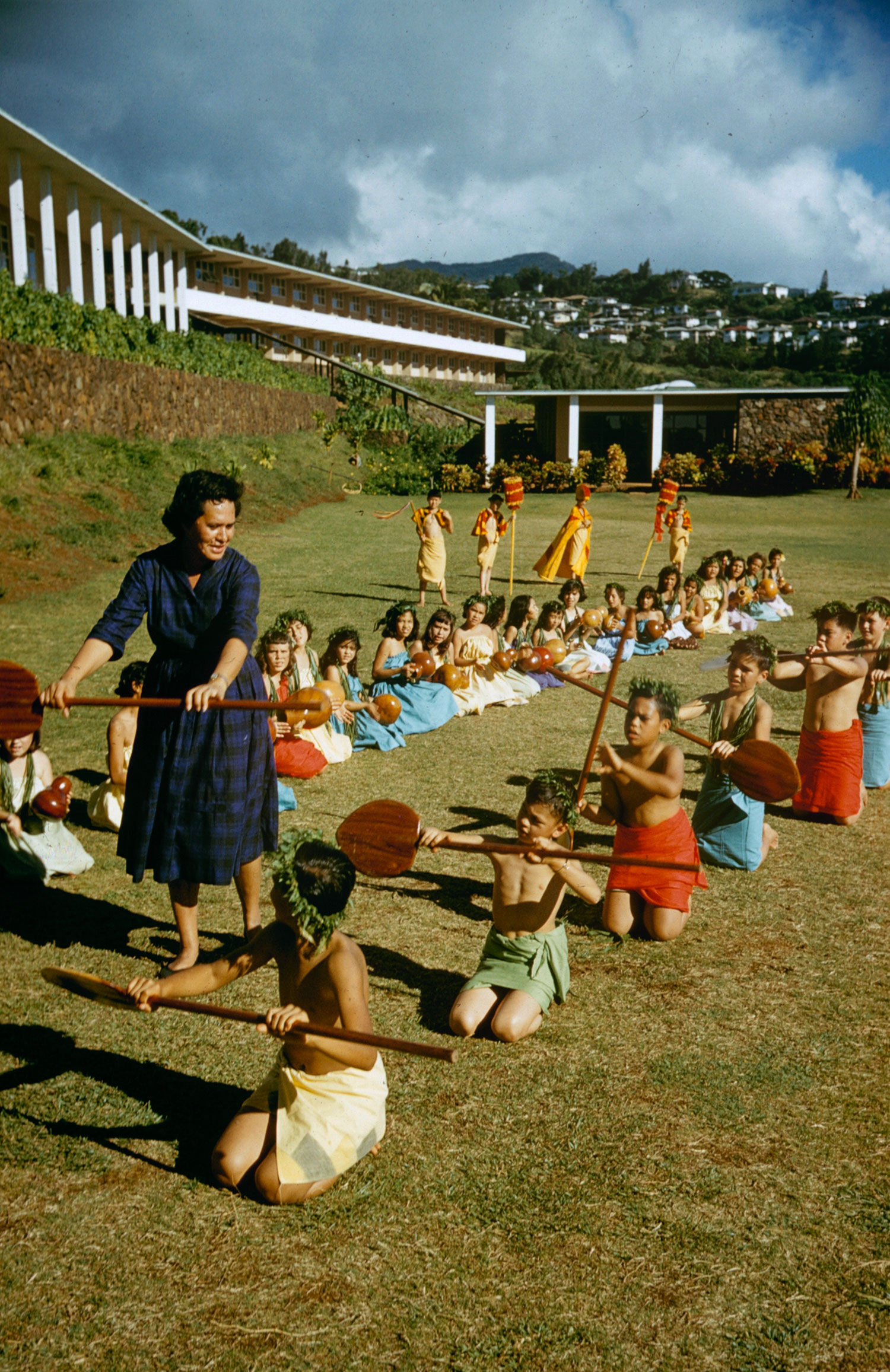


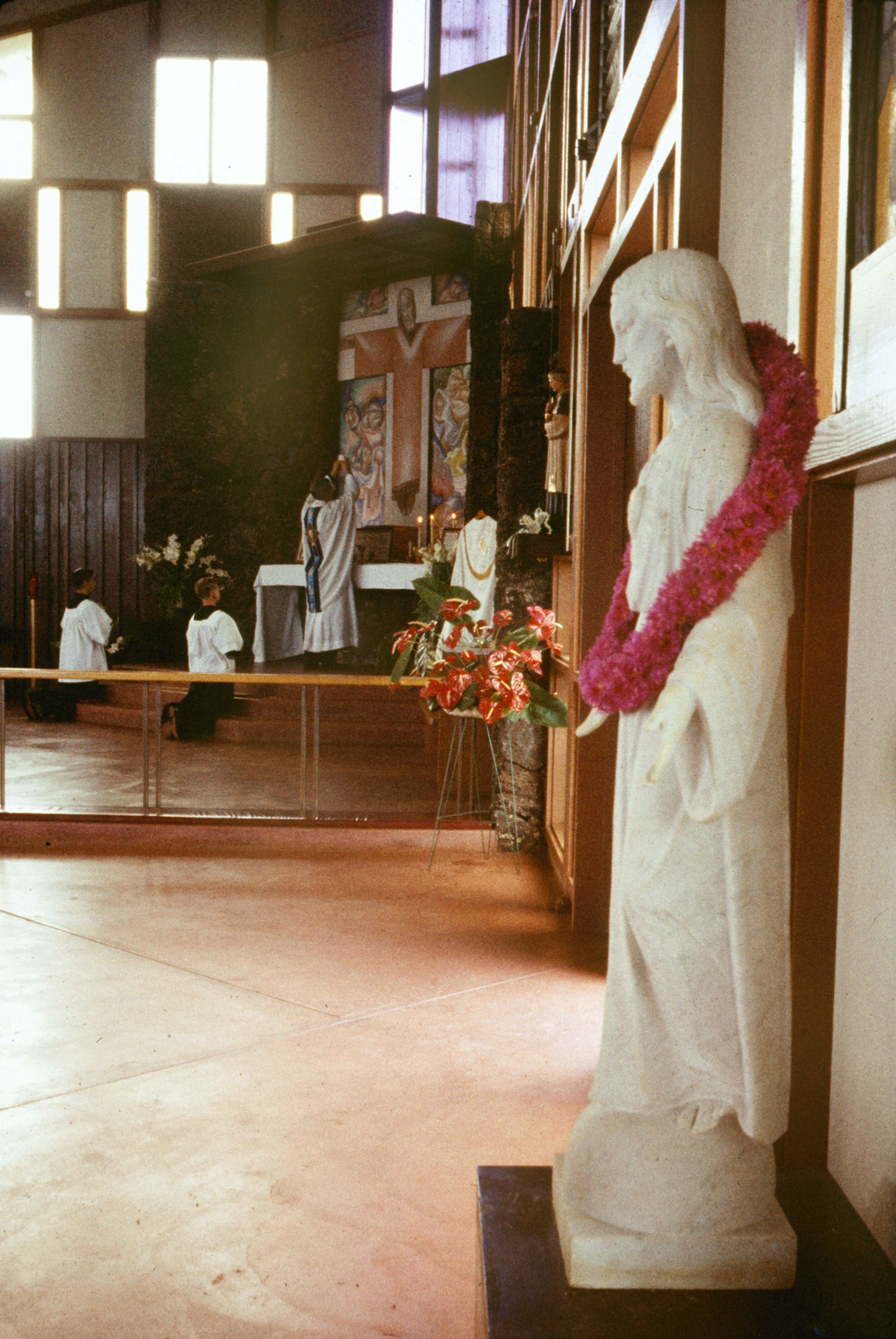

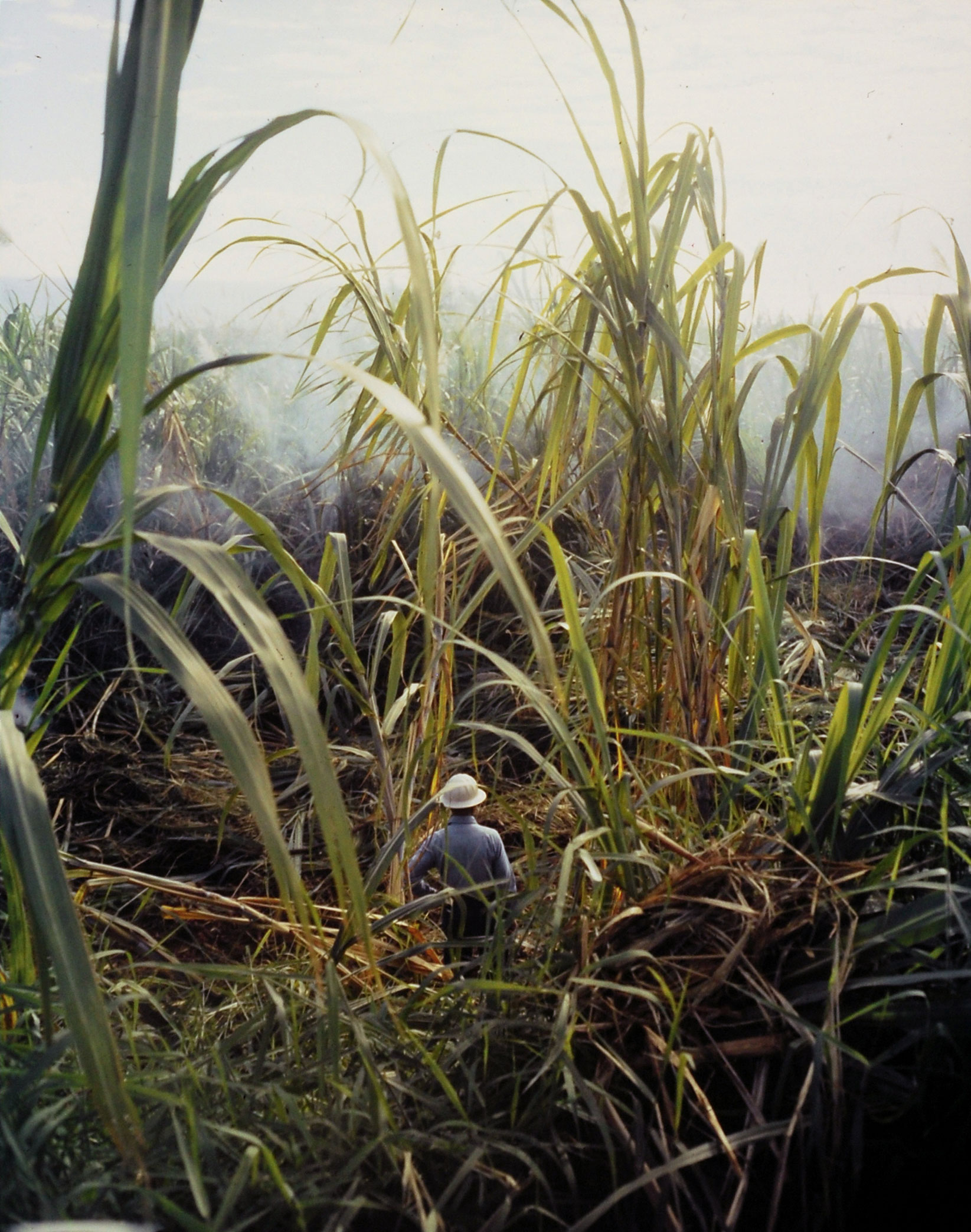
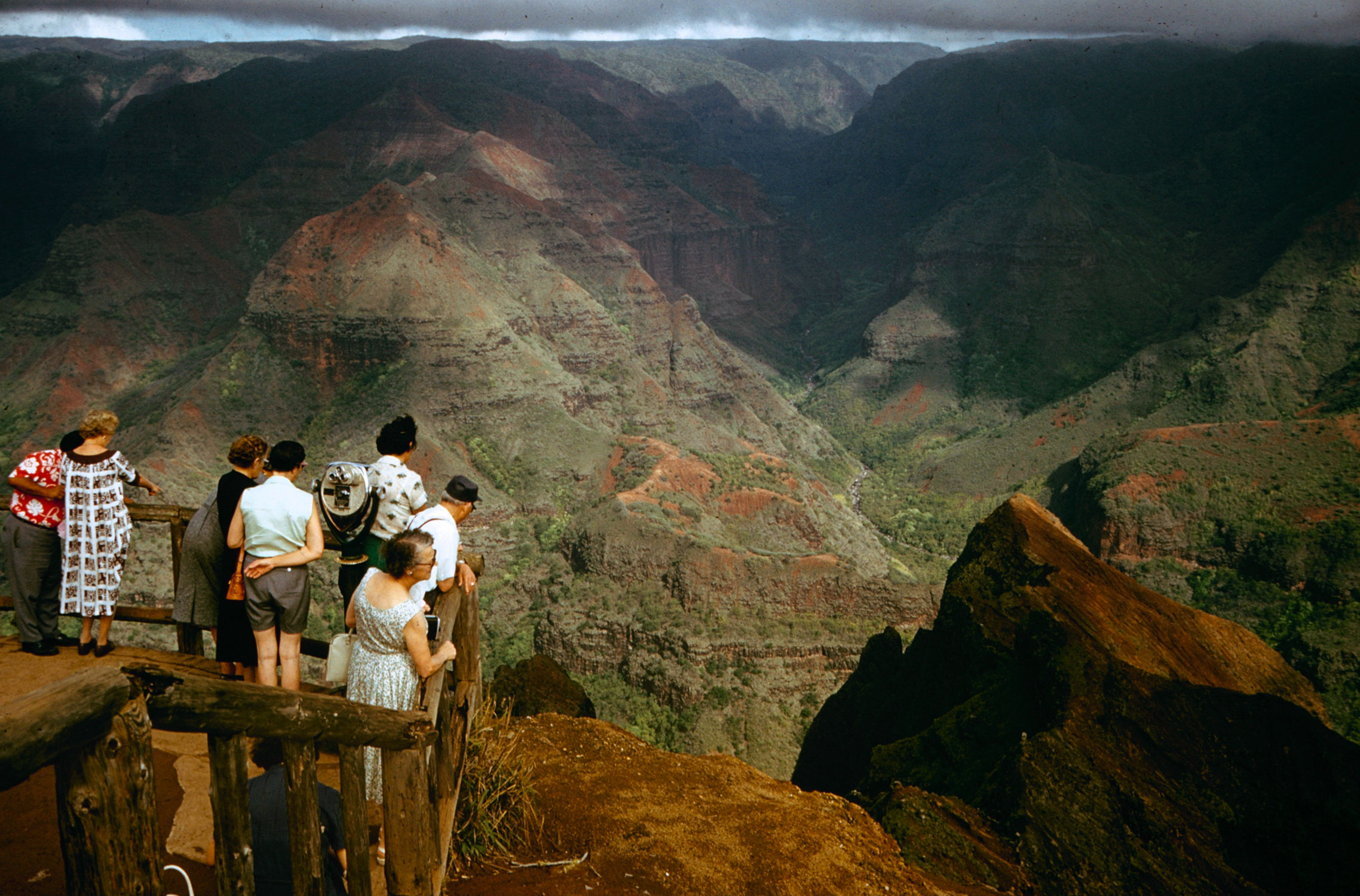
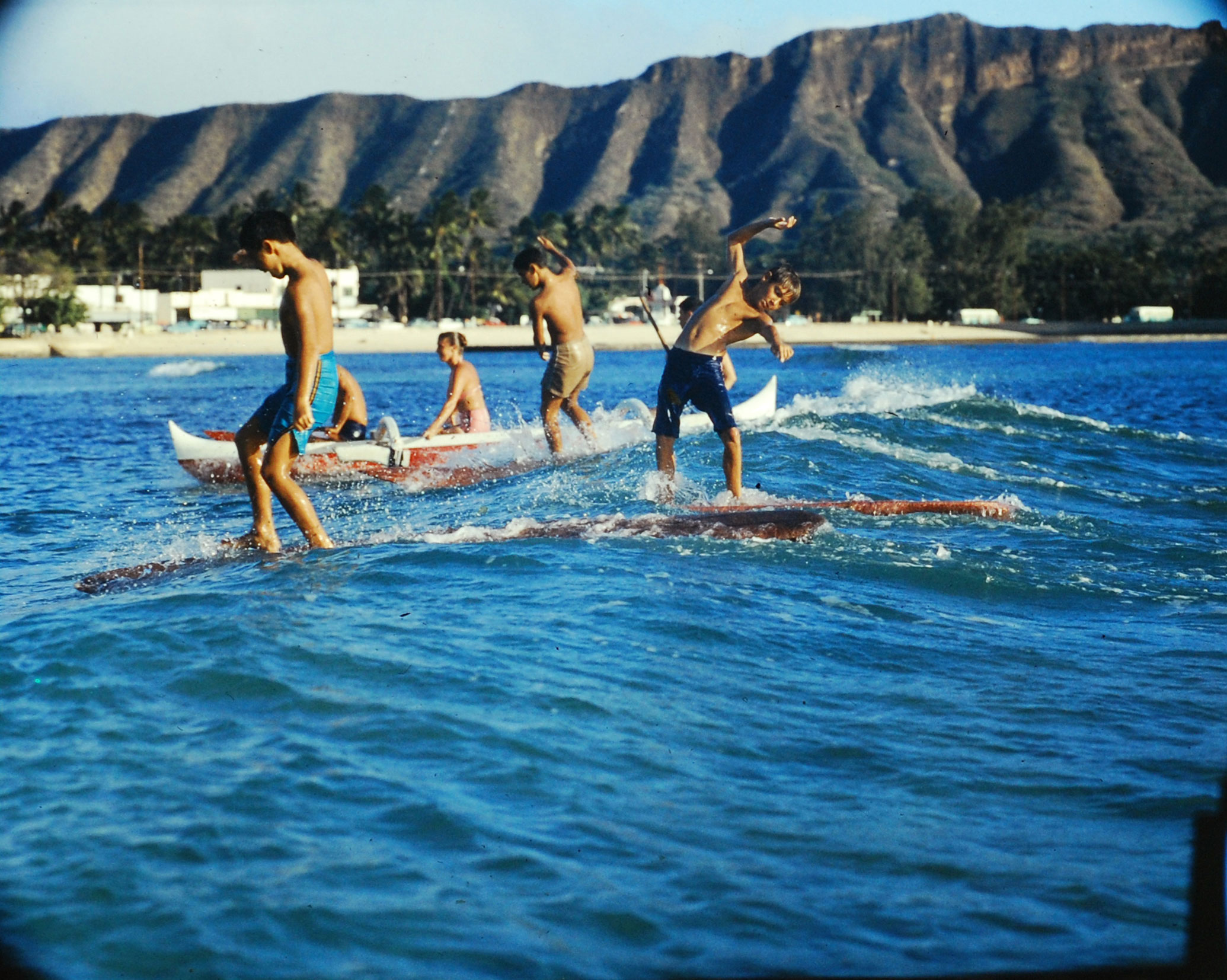
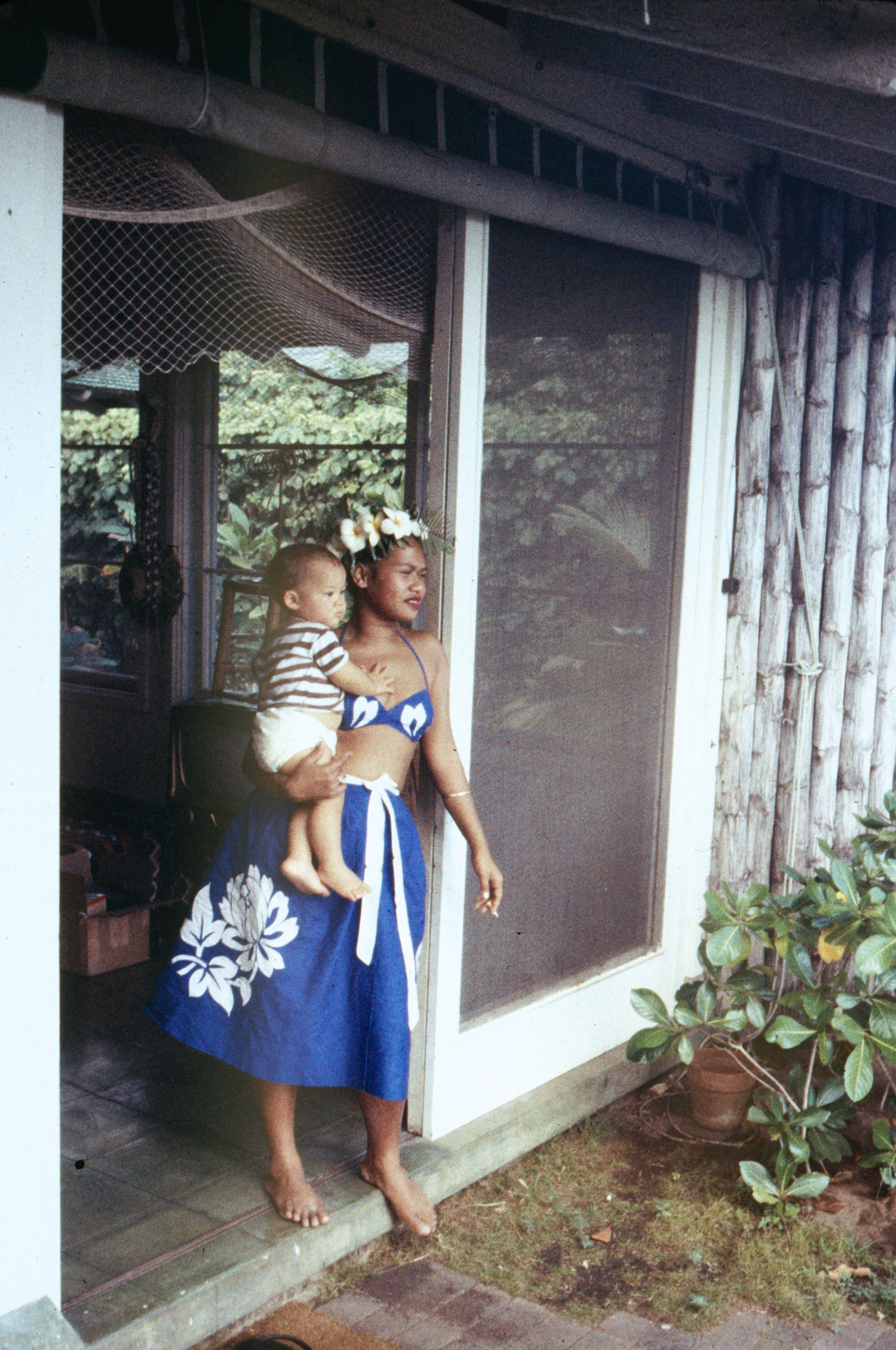
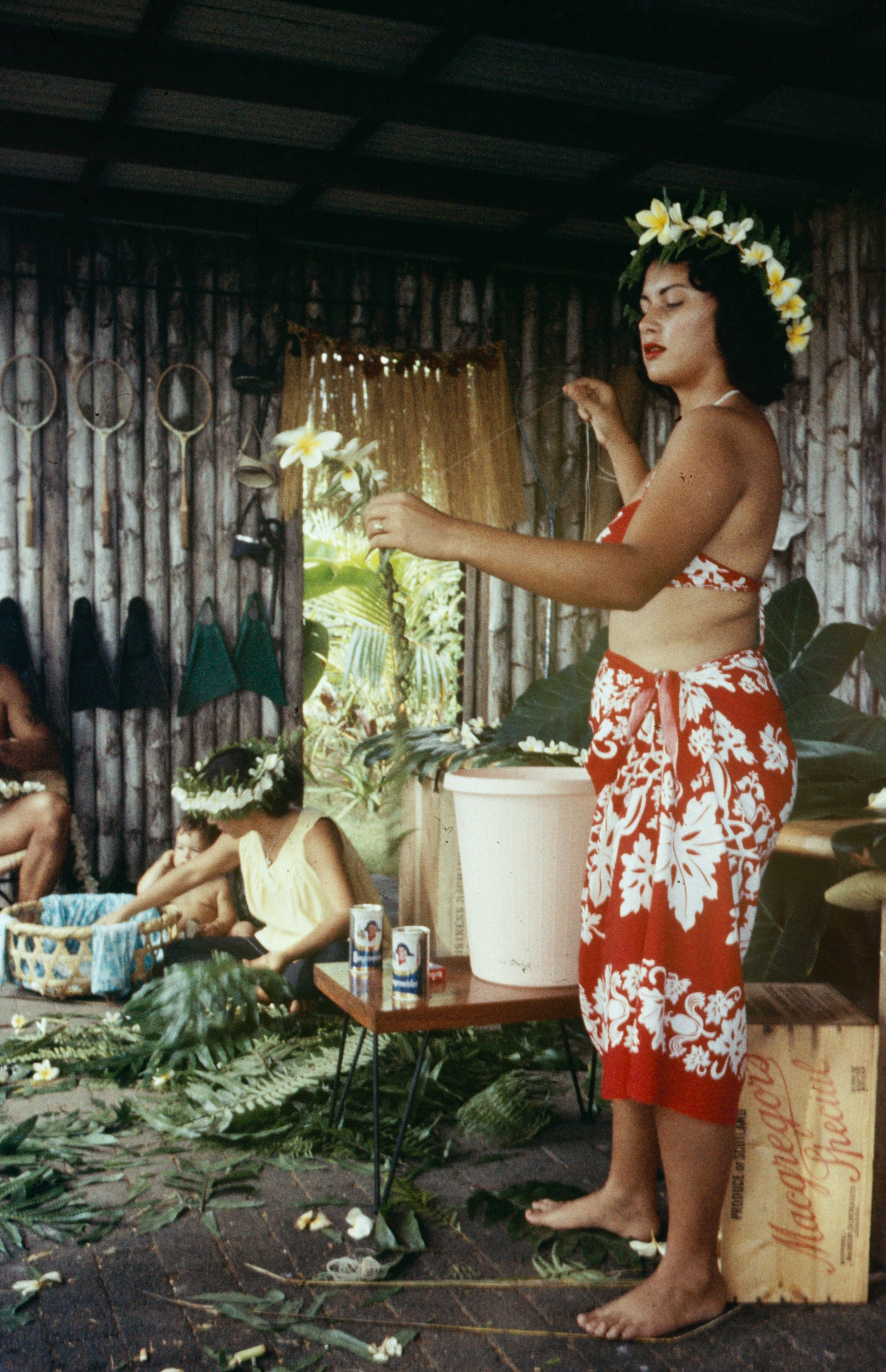
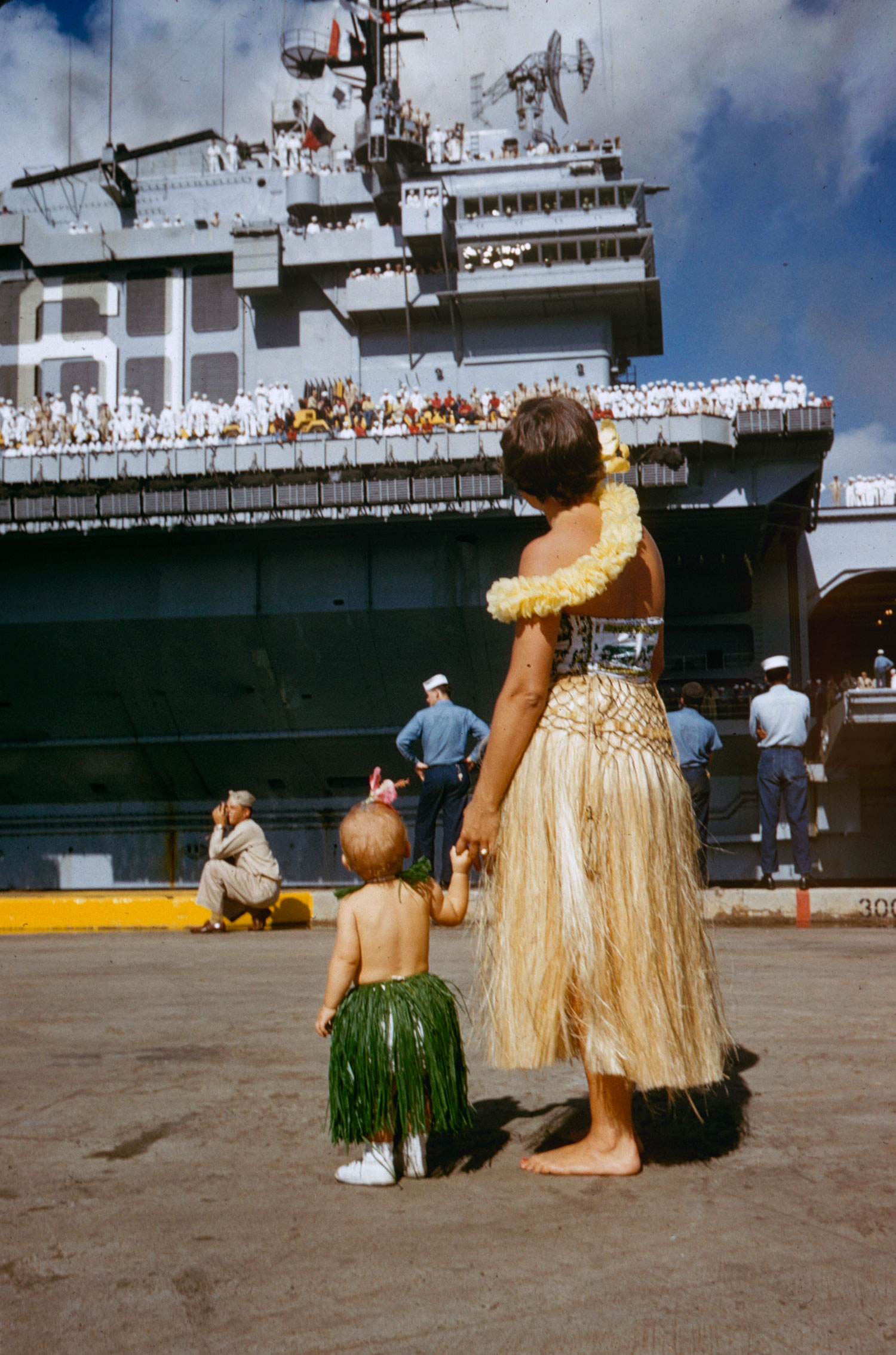

More Must-Reads from TIME
- Cybersecurity Experts Are Sounding the Alarm on DOGE
- Meet the 2025 Women of the Year
- The Harsh Truth About Disability Inclusion
- Why Do More Young Adults Have Cancer?
- Colman Domingo Leads With Radical Love
- How to Get Better at Doing Things Alone
- Michelle Zauner Stares Down the Darkness
Contact us at letters@time.com